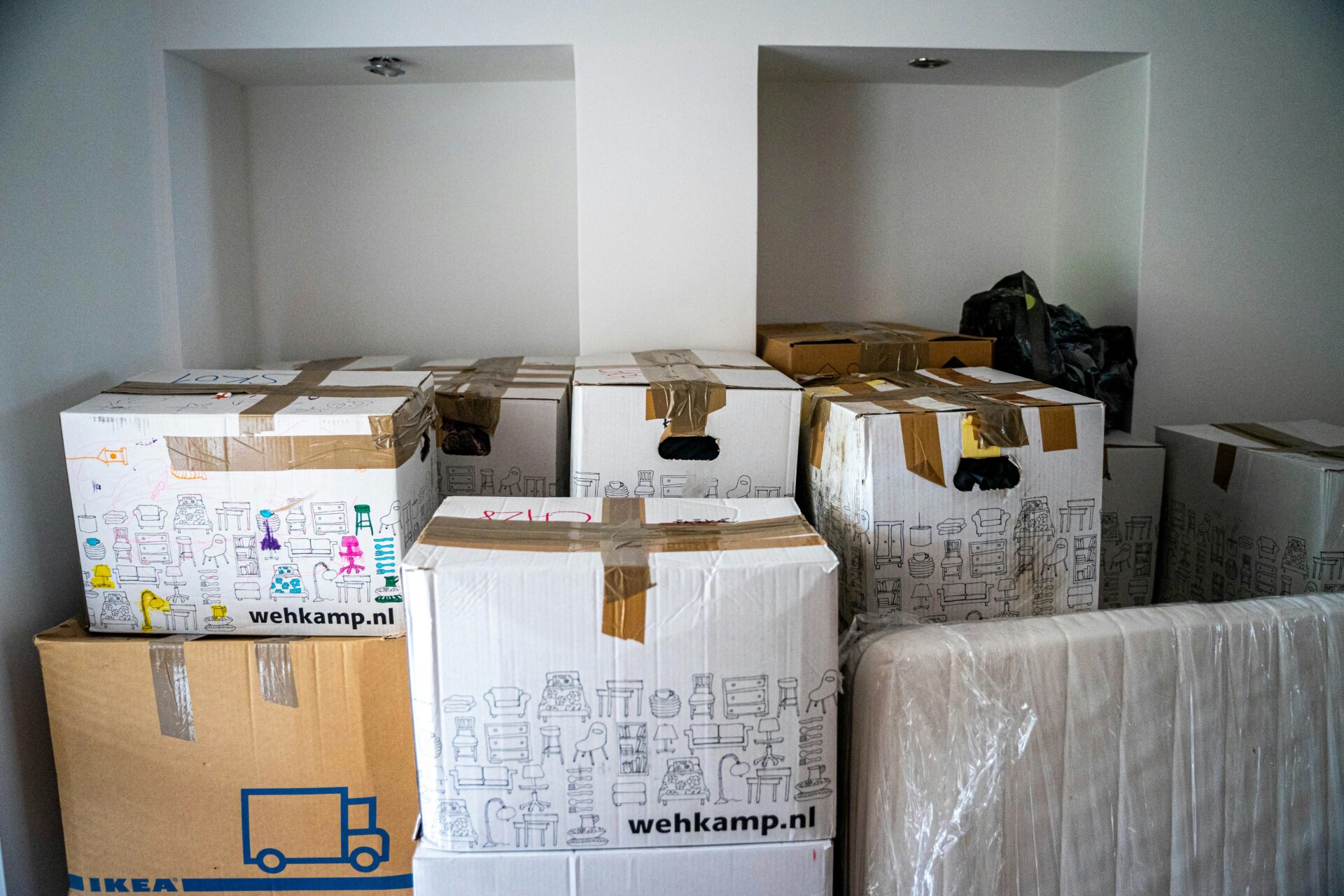
When drafting landlord contracts, it’s essential to understand the different types of legal agreements available and key terms and sections that should be included. Blueprints of tenancy that are legally binding and enforceable in court, these contracts lay out the rights and responsibilities of both the tenants and landlord.
Lease vs. Rental Agreement
While often used interchangeably, a lease and rental agreement aren’t the same things. A lease is a contractual agreement for a specific term of time, usually one year with some being as short as six months and others going for as long as five years.
Terms of a lease can’t be changed until the expiration date unless agreed upon by both the landlord and tenant. Leases also don’t automatically renew. When a lease expires, the involved parties will either sign a new lease or the lease term becomes month to month.
A rental agreement is a short contract, usually a 30-day agreement that automatically renews at the end of the term unless canceled in writing by either party. Rental agreement terms can be altered via written notice by either party. Most states require the written notice to be provided to the other party 30 days before the proposed change will take effect.
What Is the Purpose of a Lease?
A lease protects both the tenant and the landlord by laying out the obligations and responsibilities of both parties. When drafting landlord contracts such as a lease, it’s important to include how long the lease if for, the monthly or annual rental amount, how the rent will be collected, and any tenant obligations during the lease term. If either party breaks any lease terms, the document is no longer binding, and the offending party may be subject to a financial penalty for breach of contract and other legal action.
What Kinds of Properties Can Be Leased?
There are several types of properties that landlords can lease to tenants. Office and retail spaces are considered commercial leases, while home and apartments are considered residential leases. Less common lease types include roof or property space for cell phone towers, billboards for advertising space leases, and land or industrial leases. Some landlords also lease out farmland for agricultural use or land for tenants to use for parking.
Who Should Sign the Lease First?
This is a common question when it comes time to sign the lease. Most industry experts agree that landlords should sign only after all other parties have for these important reasons:
- Follow Industry Standard Practice
It’s standard practice that the consumer or buyer signs a contract first. In this case, the tenant is the consumer, so they should sign first. - Don’t End Up With Multiple Signed Leases
By only signing a lease after a tenant, you make sure you don’t end up with multiple signed leases with different tenants. - Create a Sense of Urgency So Tenants Will Sign
If tenants receive an unsigned lease, they will want to sign and return it quickly so you can sign it and make it official. - Double-Check There Are No Changes to the Lease
By signing after the tenant does, you can confirm there have been no changes made without your knowledge before it becomes a binding contract. - Check the Names and Signatures on the Lease
By signing after the tenant, you can do a final inspection, ensuring the correctness of names and signatures before you sign. - Your Signature Will Make the Lease Final
Have your signature be the last step, making the deal final.
Terms to Include When Drafting Landlord Contracts
Regardless of whether you decide to use a lease or a rental agreement, you’ll want to address the following topics:
- Names of all tenants and occupants
Every person over the age of 18 should be listed on and sign the lease or rental agreement, making each of them legally responsible for the full rental amount, meaning if one or more of the tenants move out, you are still getting paid. You should also include an occupancy clause limiting how long guests can stay without having to be listed on the lease. - Description of rental
In addition to the complete address of the property, including building and unit numbers, you should also include specific parking spots or storage units included and any areas that they don’t have access to. - Term of the tenancy
Clearly state the start date, length of tenancy, and, if applicable, the expiration date. - Rent
In addition to the amount of rent, you need to state when it should be paid, how you want it paid, acceptable forms of payment, and any grace periods, late fees, or NSF fees. - Deposits and fees
Avoid future disagreements by clearly stating the amount of the security deposit, what it may be used for, if tenants are responsible for replenishing deposit should damage occur during tenancy, when and how it will be returned, any nonrefundable fees including pet cleaning fees, and where the security deposit will be held and if interest will be paid. - Repairs and maintenance
Protect yourself against battles over security deposits and rent-withholding hassles by clearly explaining your maintenance and repair policies. - Entry to rental property
Clarify your right to access your rental to avoid tenant claims of violation of privacy rights or illegal entry. - Your rules and essential policies
If there is a regulation or rule so important you would want the right to remove a tenant if they violated it, make sure to include it in the contract. This could consist of no illegal activity, pets, or smoking in the unit. - Contact information
By requiring a tenant to contact you in writing, you can keep printable and reliable evidence in case you have to go in front of a judge. If you are willing to accept email, make sure you provide an account you regularly check to ensure timely responses. - Other restrictions
When drafting landlord contracts, make sure they meet all local, state, and federal laws, and don’t violate any health and safety codes, anti-discrimination laws, or rent control laws.
Once you’ve finished drafting landlord contracts, post your listings, screen potential tenants, and collect rent payments all in one place with Zumper.



